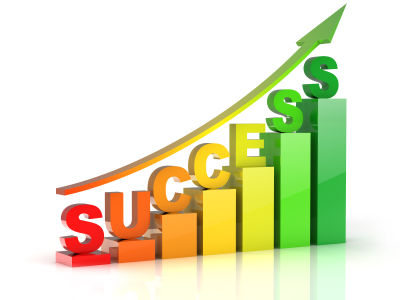Creator to Consumer – Margins & Why
- Beach City Sales
- May 9, 2020
- 4 min read

Creator to Consumer – Margins & Why
Season 2 Premiere – Season 2 Episode 1 –
30 years and still learning - Having spent most of my career post leaving the Royal Navy working in consumer goods, primarily in the perishable food sector. I find it fascinating that I still learn every day, sometimes it’s a reminder of what I have forgot but for the most part, I learn something new every day… Today’s episode is Margins & Why?
What do I know?
Full disclosure… I am not a finance guy and therefore don’t expect some deep elaborate explanation, this is as down and dirty as it gets and is the key to most things you will come across.
What are the common terms used and what do they mean?
You will hear terms like, Mark-Up, Margin, POR, Return.
Mark-up - A % or $ amount added to the cost of the product sold to your customer.
Margin/Gross Margin - The cash value difference between, the cost price and selling price divided by the selling price.
POR - Profit on Return, the same as Margin/Gross Margin above.
Return - The same as Margin/Gross Margin
What does this mean in reality?
Mark-Up – This is where your customer takes your cost price and “marks it up” by adding a % or $ number. This is generally used when they are working out what their selling price is going to be. They will have a % or $ figure they need to add on to your cost to cover their costs and make a profit, this is usually based off your delivered price, however, if it is a FOB price (FOB explained in the logistics episode) they will need to mark it up higher, 2 examples below.
Equation: Cost price plus a % number = selling price
Examples: (These are not exact examples, just mathematical equations)
1 - Delivered Cost Price $1.00 + markup of 20% = $1.20 this gives them a cash margin of $0.20.
2 - FOB Cost Price $1.00 + markup of 35% = $1.35 this gives them a cash margin of $0.15 to cover pick-up costs and $0.20 cash margin per example 1.
Margin – This is the % of gross margin your customer gets from buying and selling your product, using the following structure will define what this means.
Equation: Cash margin divided by selling price = gross margin.
1 - Delivered Cost Price $1.00 + markup of 20% = $1.20 this gives them a cash margin of $0.20, and a gross % margin of 16.7%.
2 - FOB Cost Price $1.00 + markup of 35% = $1.35 this gives them a cash margin of $0.15 to cover pick-up costs and $0.20 cash margin per example 1. And a gross margin of 25.9%.
Why is it important to know these differences?
If you are speaking in Markup terms and the buyer is speaking in margin / return / POR, as you can see there is a huge different in % terms… this alone will catch you out and lose you money and or not get your product listed.
Why should I worry about my margin?
In basic business principles, you need to have a healthy margin so you can be profitable, to that end you need to be more profitable and have a higher margin per unit in the beginning because your volumes are lower, the cost of production is going to be higher and you need to spend more on marketing per unit/sale in the beginning to get started than you do later in the products life.
So, when you are faced with pricing pressures from your early adopter customers you need to remember giving it away to get started is going to cause you and your customer real pain later down the road. Low margins in the beginning usually mean slim margins later, which will not help build and sustain a product, brand or business.
Quote: “Cash is king”
However, if you do not make enough margin there will be no long-term cash.
What is an ideal margin?
There are many category specific margins depending on what the raw material is, or the market can bare, however, a good basic guide to what margin you should make from your creation is as follows.
You need to invest at least 30% of you margin in year one, in marketing your product with your retailer, so if you do the basic math, making a 35% margin is only break even, with nothing to grow from, product costs covered only. Therefore ideally you need to be making a minimum of 45% and up, how much up as up as you can go… if you can make 100%+ good for you, generally there is something amiss if you can make this large a margin, or you won’t be selling many, however, if you can, go for it.
Sub-note for International / Non-US readers.
For those of you who have traveled to the US and bought products at retail, you will have noticed, things are always priced excluding tax, taxes are added to the price at the point of purchase, hence none of the above calculations or equations include tax, unlike the UK and Europe.
Now it’s all clear as mud, need more, please ask.
In our next episode, we will be talking about Selling Price, thanks for reading and continuing your journey from Creator to Consumer.
Interested in reading or finding out more about selling your passion or our Creator to Consumer series please visit our Chatter page at www.beachcitysales.com/blog and click on Creator to Consumer 1 & 2 or our general site at www.beachcitysales.com, for more direct interaction please e mail us at info@beachcitysales.com
Remember, whatever you know “good luck keeping up”




Comments